The Monstera Burle Marx Flame is a striking tropical plant that can bring a vibrant touch to any indoor space. Known for its unique leaf patterns and robust growth, this plant is a favorite among houseplant enthusiasts. This guide will help you understand how to propagate, care for, and repot your Monstera Burle Marx Flame to keep it thriving.
Introduction
The Monstera Burle Marx Flame is a member of the aroid plant family, which also includes popular varieties like Philodendron, Anthurium, and Alocasia. Native to the tropical rainforests of Central and South America, this Monstera variety is known for its large, flame-shaped leaves with intricate fenestrations. Its vibrant green foliage can add a touch of the tropics to your home, similar to Epipremnum and Homalomena.
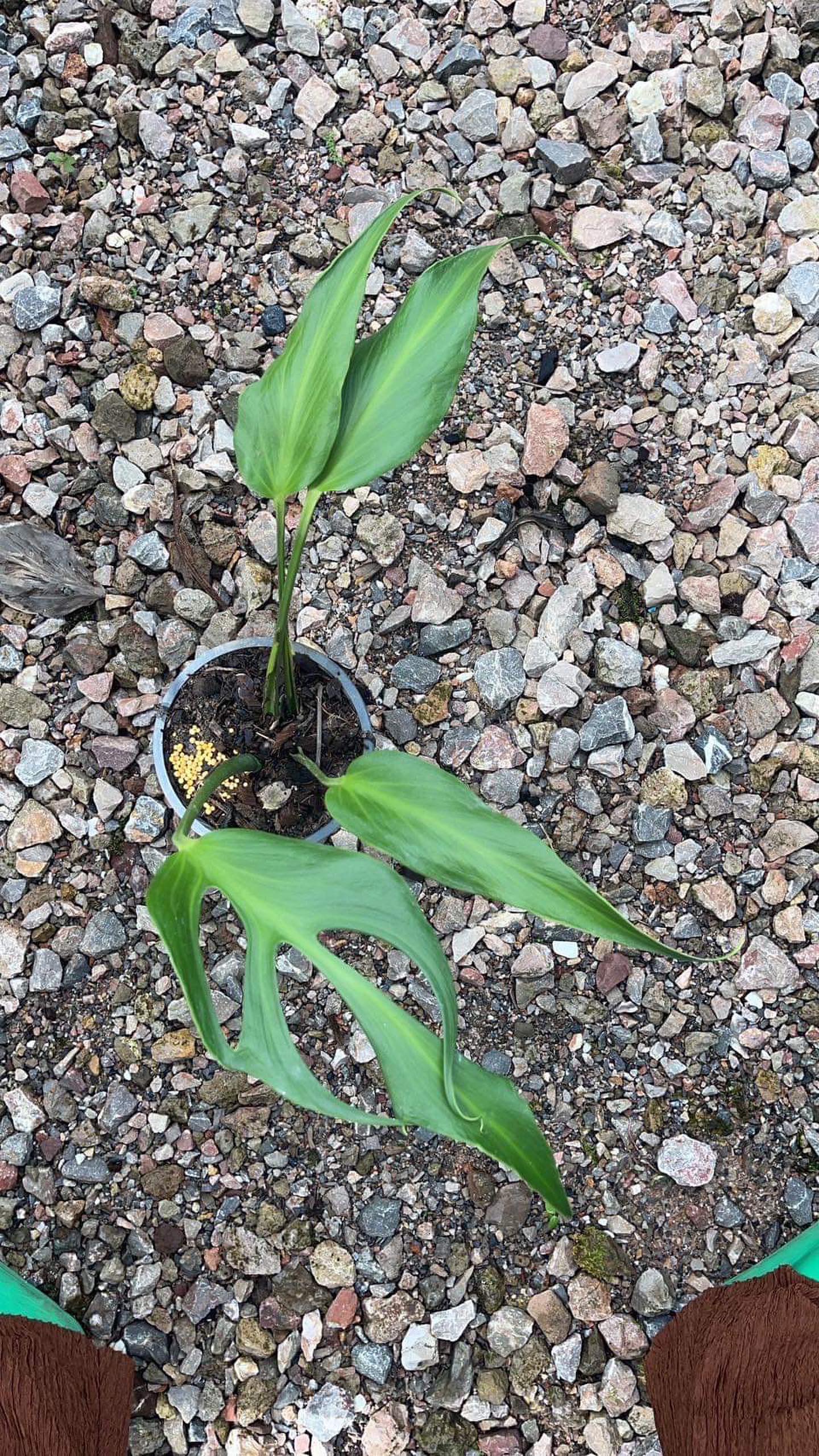
Overview and Origins
The Monstera Burle Marx Flame is native to Brazil, where it grows as an epiphyte clinging to trees in rainforests. This plant was named after the famous Brazilian landscape architect Roberto Burle Marx, who discovered it in the 1970s.
Taxonomy and Botanical Details
The Monstera Burle Marx Flame’s full botanical name is Monstera deliciosa ‘Burle Marx Flame.’ It is often classified as a cultivar or variety of the species Monstera deliciosa. Like other Monsteras, it belongs to the Araceae family of flowering plants.
Native Habitat and Ideal Growing Conditions
In its native Brazilian rainforest habitat, the Burle Marx Flame enjoys warm temperatures, high humidity, and partial shade. These tropical conditions allow it to flourish in its natural epiphytic form.
Discovery and History in Cultivation
Brazilian plantsman Burle Marx first collected samples of this unique Monstera, cultivated it, and introduced it to the nursery trade. Its breathtaking leaves soon attracted houseplant fans.
Physical Characteristics and Attributes
The Burle Marx Flame Monstera is prized for its showy, architecturally shaped leaves with mesmerizing variegation.
Foliage and Variegation Patterns
Each rounded, heart-shaped leaf features dramatic yellow and lime green marbling. New leaves emerge with even bolder colors. The variegation tends to become more muted as leaves mature.
Leaf Shape and Holes
Mature leaves develop Monstera’s signature splits and holes. These perforations emerge from a process called “leaf fenestration” triggered by auxins. Holes increase as leaves grow.
Stem and Growth Structure
Like other Monsteras, the Burle Marx Flame has an ever-climbing stem structure. Aerial roots allow it to cling and climb upward as a vine searching for space and light exposure.
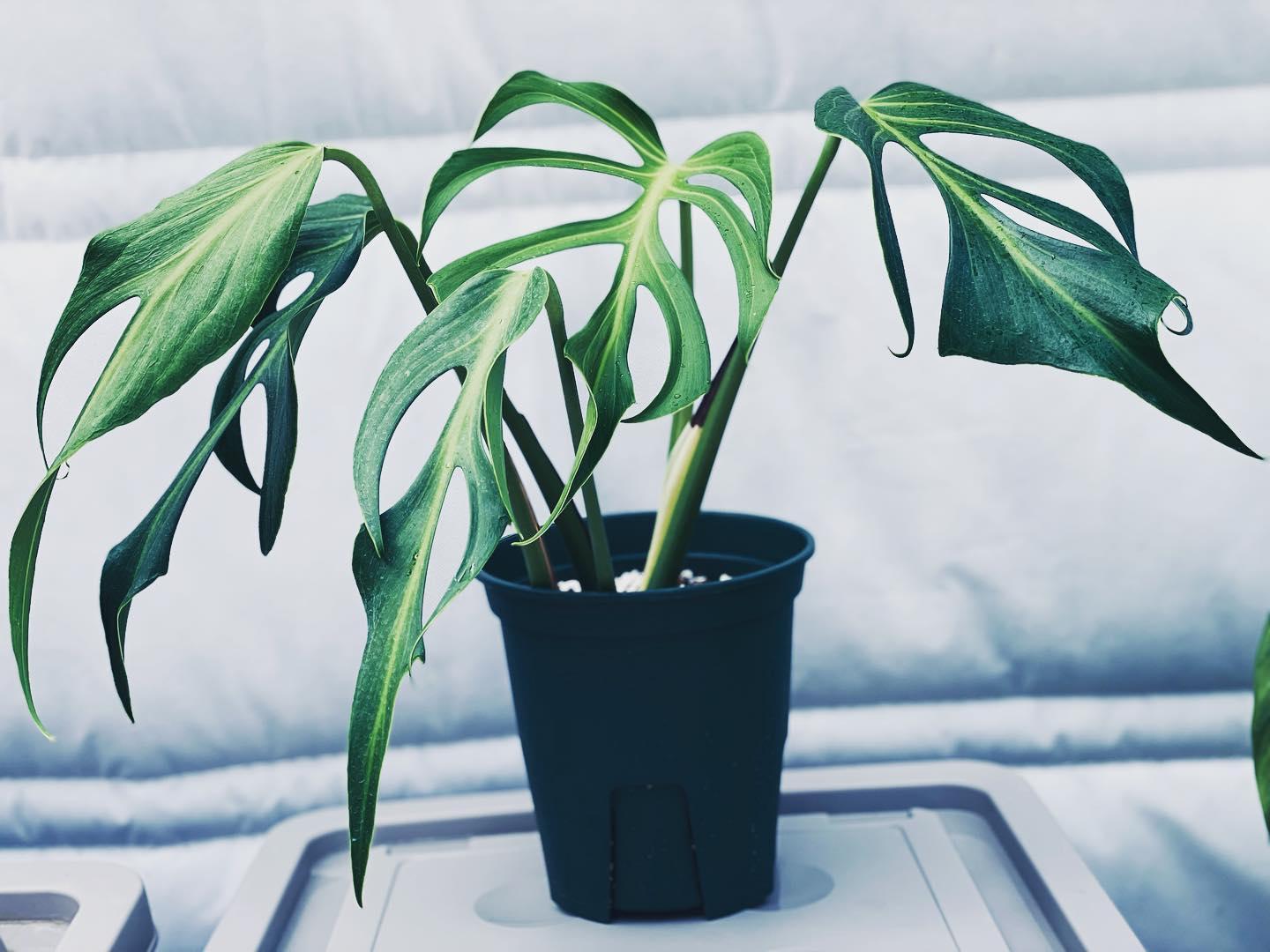
“Unlock the beauty of nature in your home with the Monstera Burle Marx Flame! Click now to bring this stunning plant into your life – easy care, immediate impact. Don’t wait, transform your space today!”
Caring for Monstera Burle Marx Flame
Providing proper care is vital to keeping a Burle Marx Flame houseplant healthy and vibrant. This involves meeting its temperature, sunlight, water, humidity, potting, and nutrition needs. When it comes to caring for Monstera Burle Marx Flame, it’s important to understand its specific needs, much like those outlined in our comprehensive care guide for Monstera plants.
Light Requirements
The Monstera Burle Marx Flame thrives in bright, indirect light. Direct sunlight can scorch its delicate leaves, while too little light can slow its growth and reduce leaf fenestrations. An ideal location is near an east or west-facing window where the plant can receive filtered light. This lighting condition is also suitable for other tropical plants like Syngonium and Aglaonema.
Ideal Temperature Range
Warm indoor temperatures from 70-80°F replicate this plant’s tropical habitat. Growth slows below 65°F. Temperatures above 90°F can stress plants.
Soil, Potting, and Fertilizer
A well-draining potting mix is essential for the Monstera Burle Marx Flame. A mix containing peat, perlite, and orchid bark works well. Fertilize your plant monthly during the growing season (spring and summer) with a balanced, water-soluble fertilizer. Reduce feeding in the fall and winter when the plant’s growth slows down.
This routine is beneficial for other houseplants, including Sansevieria and Scindapsus.
Watering Best Practices
Consistent watering is key to maintaining a healthy Monstera Burle Marx Flame. Water the plant when the top inch of soil feels dry, ensuring the pot has good drainage to prevent root rot.
This plant appreciates high humidity levels, much like Fern (Platycerium) and Dischidia. Increase humidity by misting the leaves regularly, placing a humidifier nearby, or using a pebble tray filled with water.
Humidity Preferences
The Burle Marx Flame thrives best with 40-60% relative ambient humidity. Group plants, use pebble trays, install humidifiers, or mist to increase dry indoor humidity.
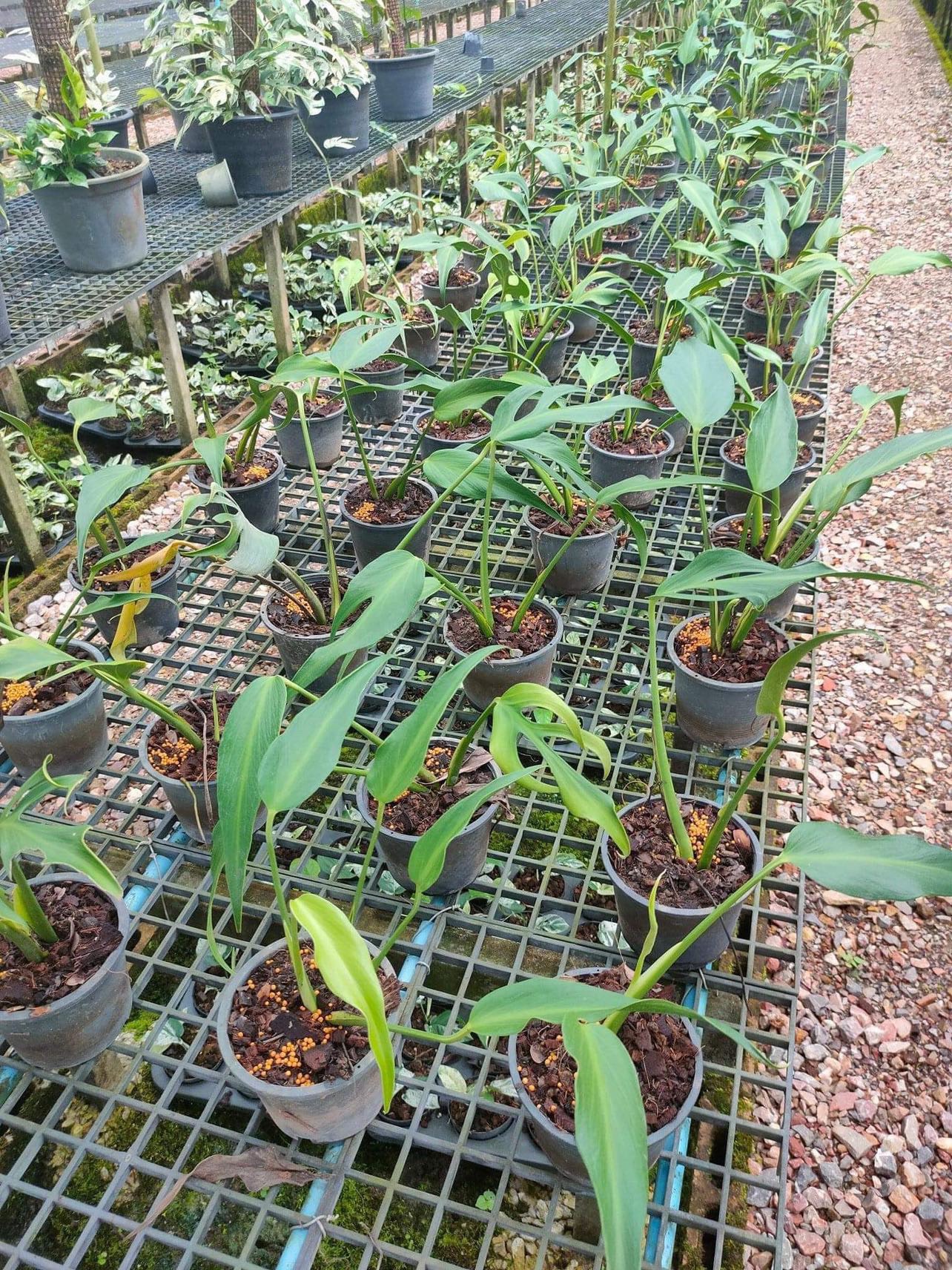
Monstera species are the most sought after by aroid plant lovers
Propagation of Burle Marx Flame Monsteras
Monstera Burle Marx Flame plants can be propagated via stem cuttings, separation of rooted offshoots, tissue culture, and sometimes from seeds.
Stem Cuttings for Propagation
Taking stem tip cuttings with 1-2 nodes is an easy propagation method. Place cuttings in water or sphagnum moss to root before potting up.
Separating Offshoots
Mature Monsteras often produce small plantlets called offshoots near the base. These offshoots can be carefully removed and potted for propagating new plants.
Tissue Culture Propagation
Many Burle Marx Flame plants originate from professional tissue culture labs to stabilize variegation traits. Home gardeners cannot easily propagate Monsteras via tissue culture.
Propagation from Seeds
While Monstera seed propagation is possible, seeds of variegated cultivars seldom produce offspring identical to the parent plant. Thus, propagation via cuttings is strongly preferred.
Why is Monstera Burle Marx Flame So Popuar?
In recent years, the Burle Marx Flame has emerged as one of the most coveted Monstera varieties. So what explains its surging popularity?
Striking and Unique Variegated Foliage
The Burle Marx Flame’s intricately marbled leaves with eye-catching yellow and green coloration are its main draw. The foliage has an exotic, painted quality unmatched by solid green Monsteras.
Architectural Leaf Shape and Structure
Monsteras are prized for leaves with fenestrations and intricate split patterns. On the Burle Marx Flame, this appealing structure combines with the foliar variegation for added visual interest.
Challenging to Produce and Acquire
Variegated Monsteras are notoriously difficult to stabilize during propagation. Low availability combined with high demand from collectors fuels intense market interest and prices.
Photogenic for Social Media
The Burle Marx Flame’s photogenic leaves rack up likes and shares across Instagram, TikTok, Facebook, and houseplant groups. Social platforms expand its visibility and hype.
Conclusion
With its vibrant marbled foliage, the Monstera Burle Marx Flame is one of this era’s most coveted houseplants. Caring for this tropical plant takes commitment, but brings rewards of unique natural artistry filling indoor spaces. As its fame spreads across social media, so does enthusiasm for growing Monstera Burle Marx Flame.
FAQ
- What is Monstera Burle Marx Flame? Monstera Burle Marx Flame is a tropical plant known for its unique, flame-like leaf patterns and vibrant green foliage. It’s a popular houseplant among enthusiasts due to its distinctive appearance and relative ease of care.
- How do I care for my Monstera Burle Marx Flame? This plant thrives in bright, indirect light and requires well-draining soil. Water it when the top inch of soil feels dry, usually once a week, and maintain a high humidity level. Avoid direct sunlight as it can scorch the leaves.
- Is Monstera Burle Marx Flame toxic to pets? Yes, like many Monstera varieties, the Burle Marx Flame is toxic to cats and dogs if ingested. It’s best to keep it out of reach of pets.
- How often should I repot my Monstera Burle Marx Flame? Repotting every 2-3 years is generally sufficient. Choose a pot that’s slightly larger than the current one and has good drainage. Spring or early summer is the best time for repotting to promote healthy growth.
- Can the Monstera Burle Marx Flame be grown outdoors? In tropical and subtropical climates, the Monstera Burle Marx Flame can be grown outdoors in a shaded area. It prefers temperatures between 65°F and 85°F and high humidity, similar to other tropical plants like Colocasia and Zamioculcas zamiifolia (ZZ Plant).

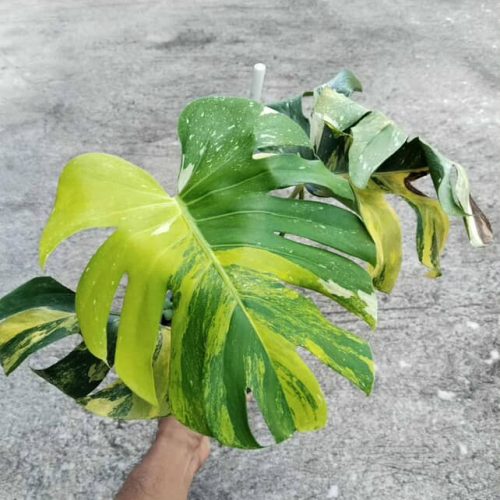
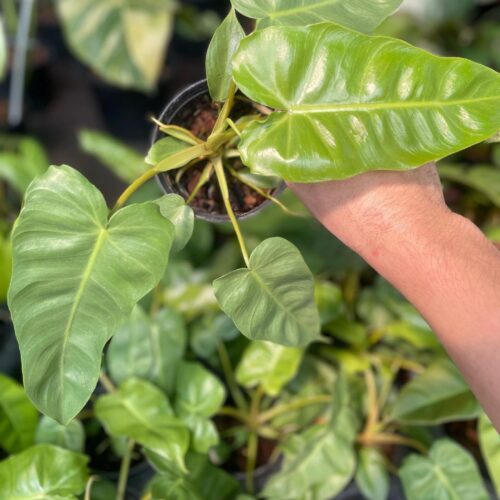
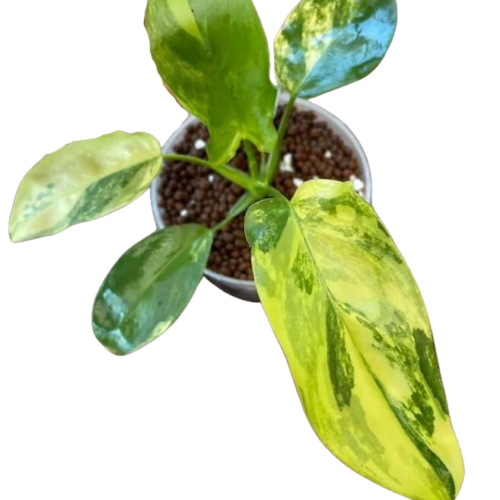
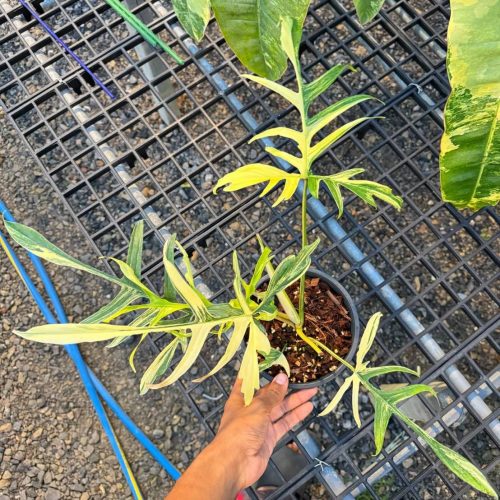
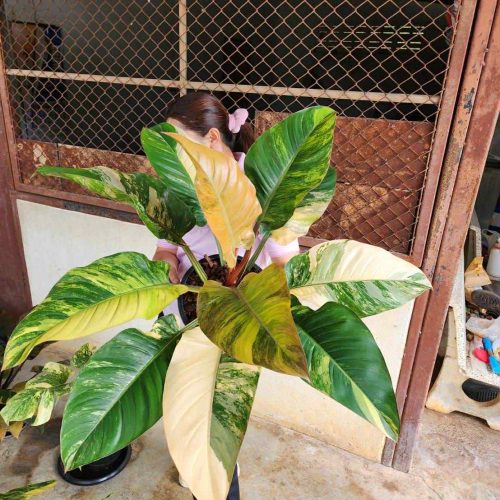
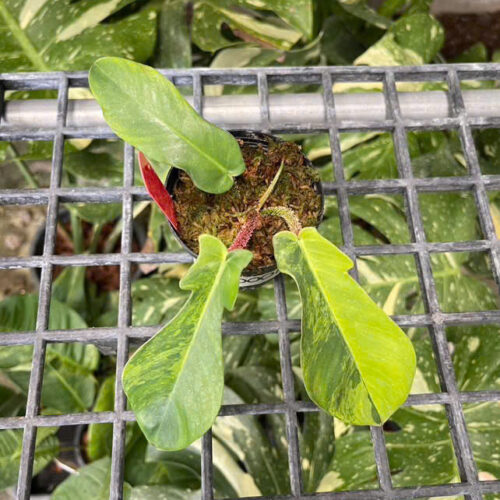
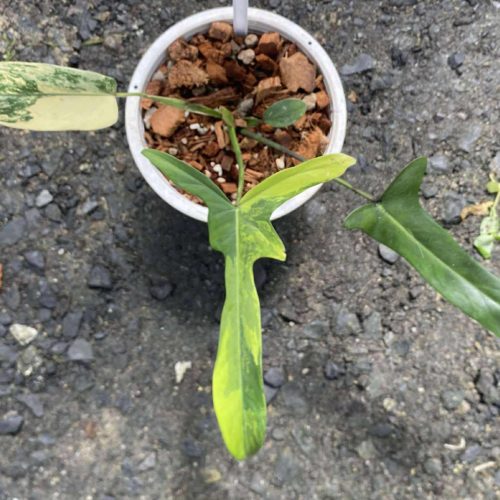
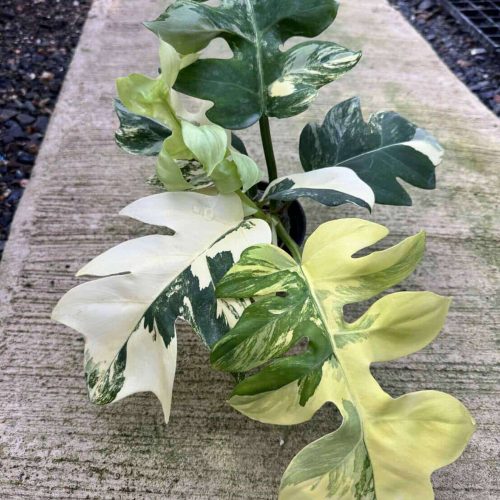
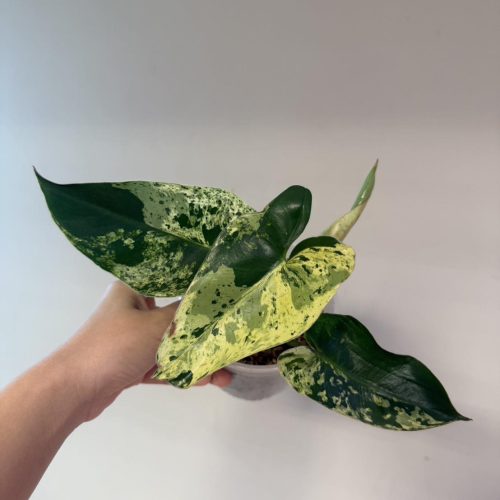
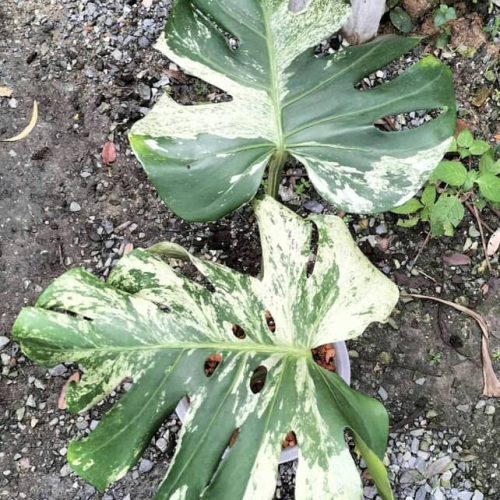
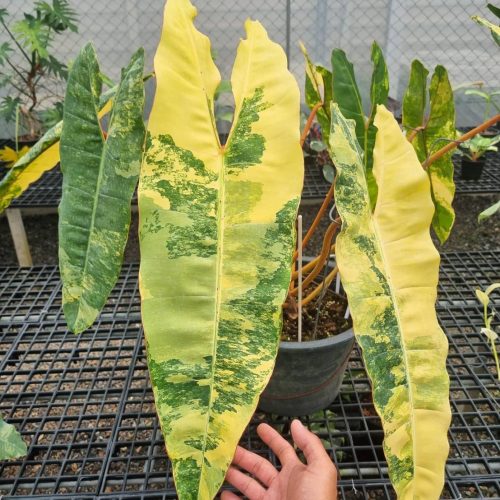

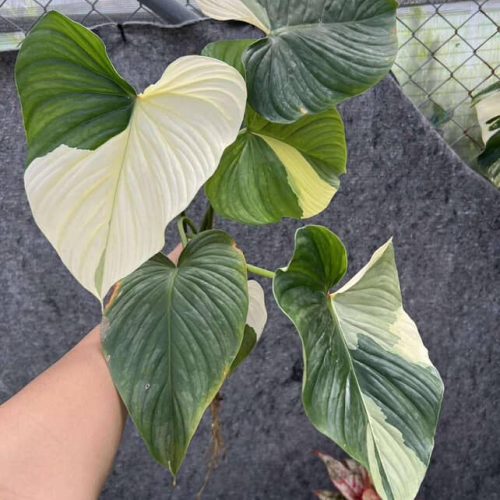
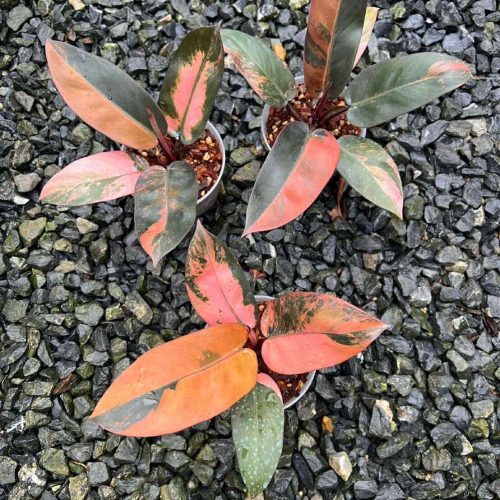
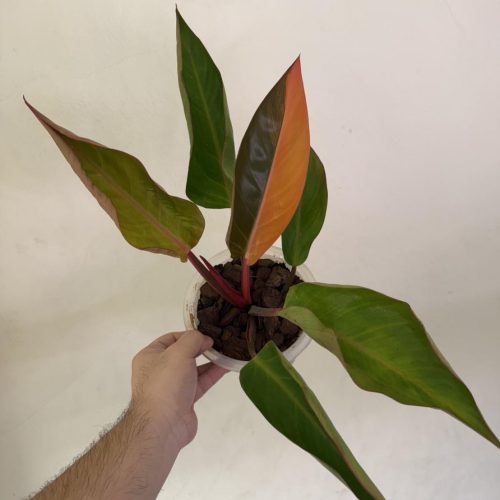
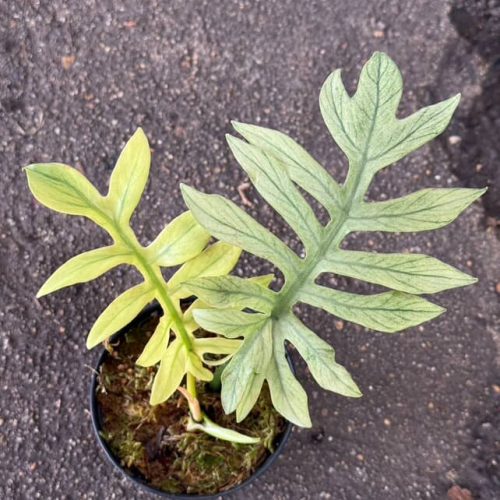
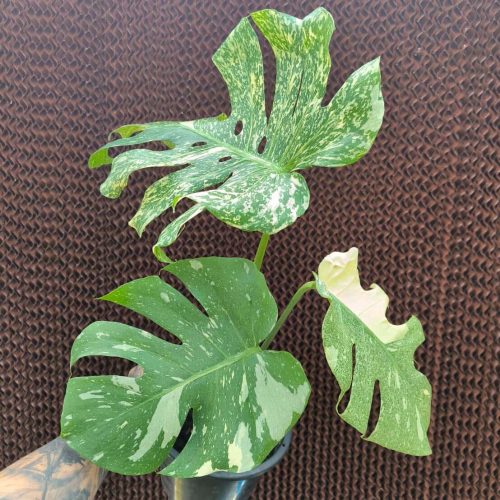
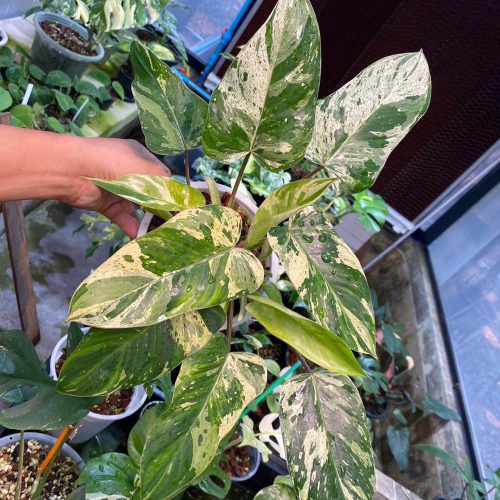
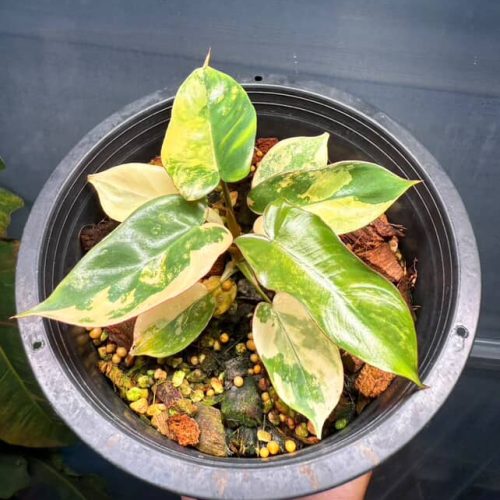
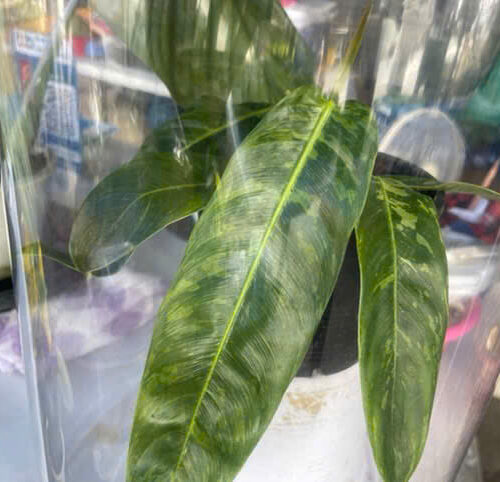
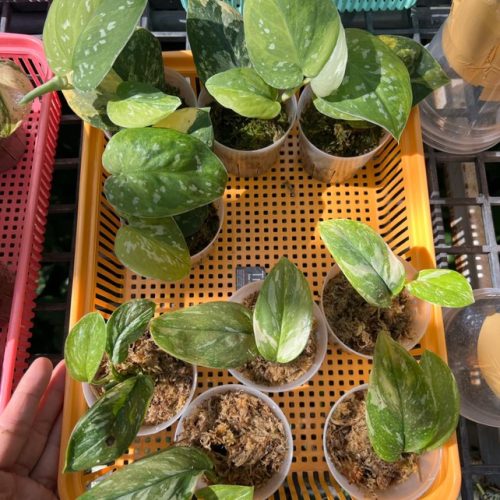
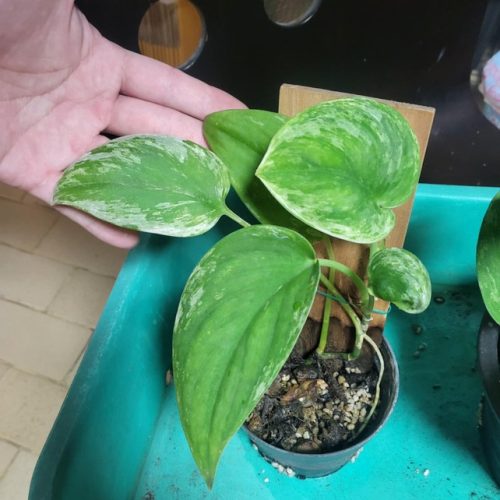

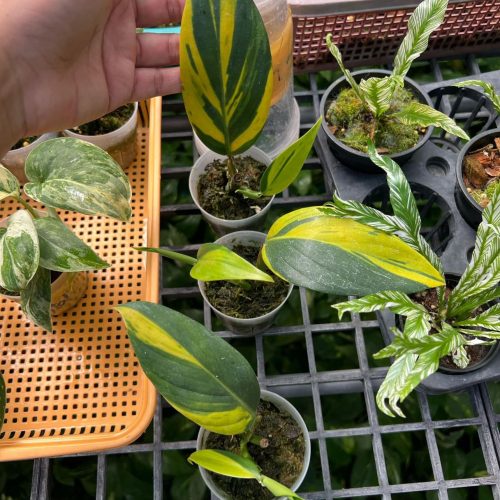
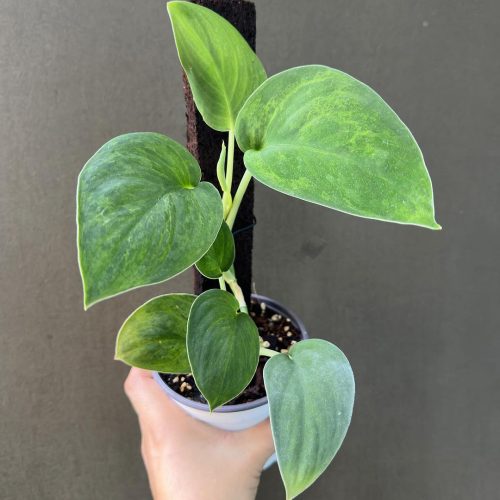
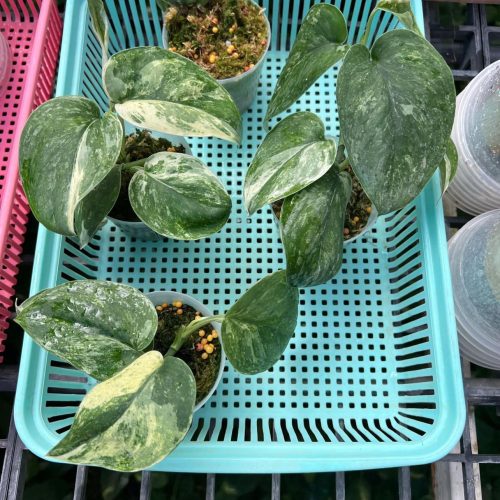
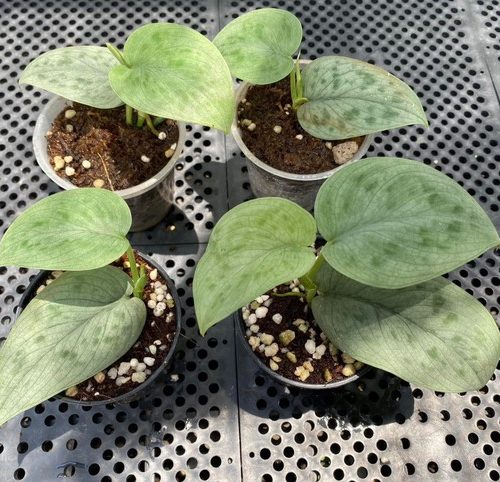




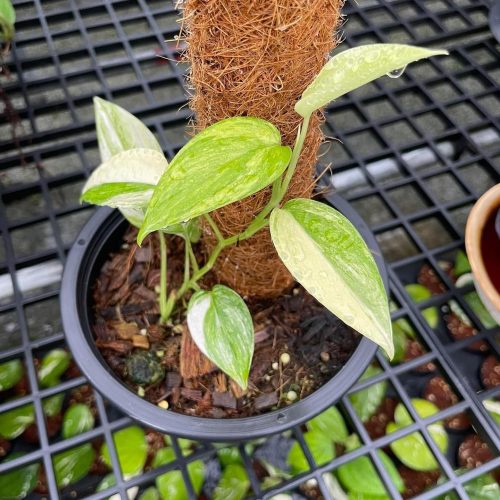

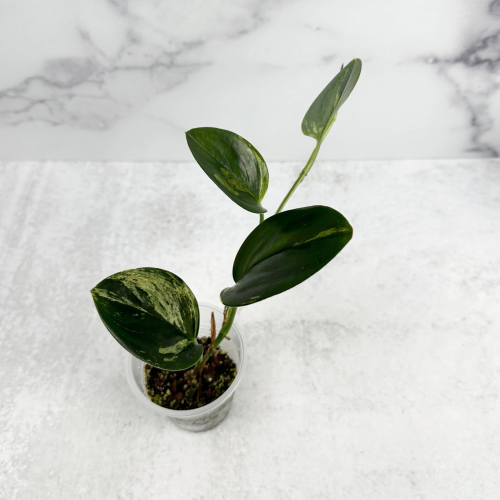




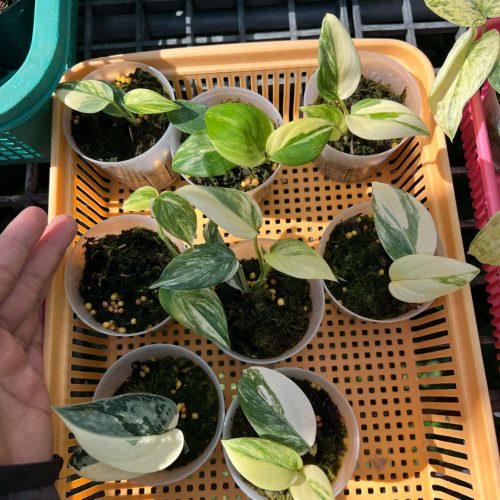

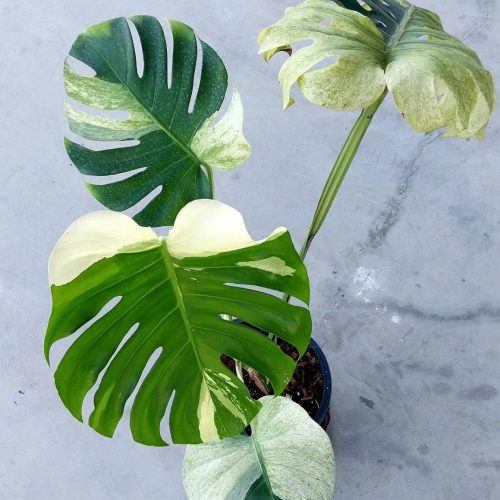



![12x Monstera Borsigiana Albo half leaves variegata [3-4 leaves]](https://greenboog.com/wp-content/uploads/2024/10/Monstera-Borsigiana-Albo-half-leaves-variegata-1-500x500.jpg)
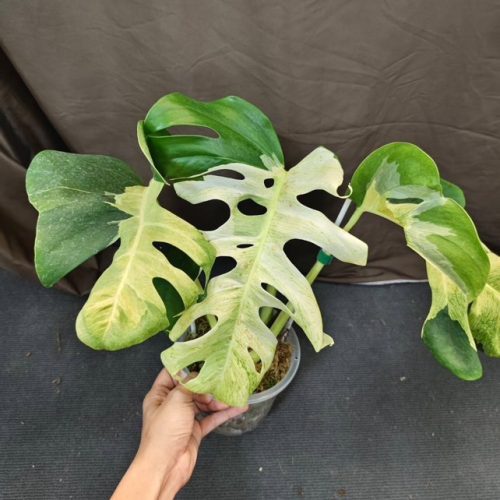

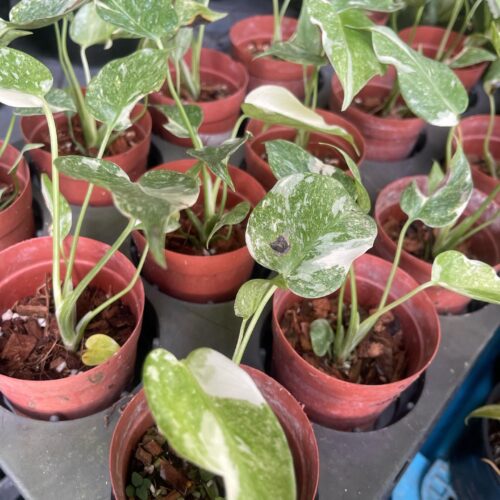
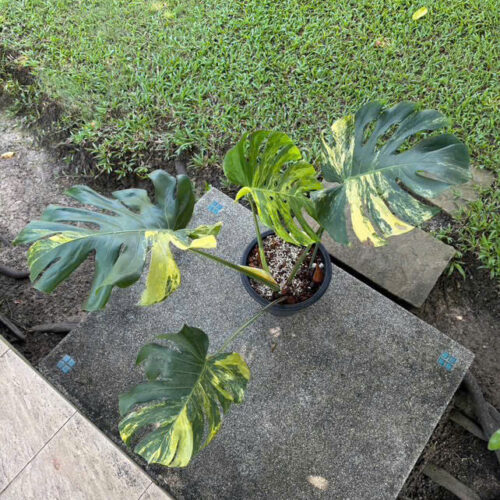
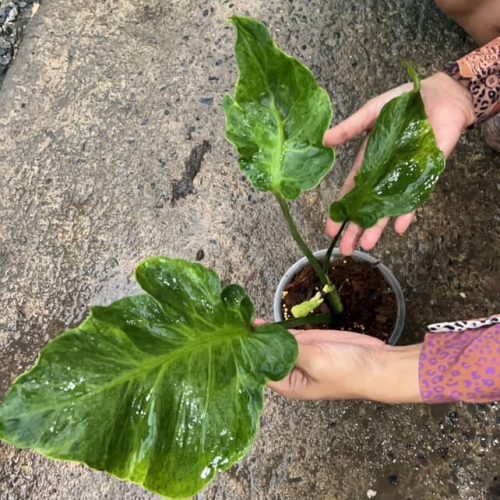
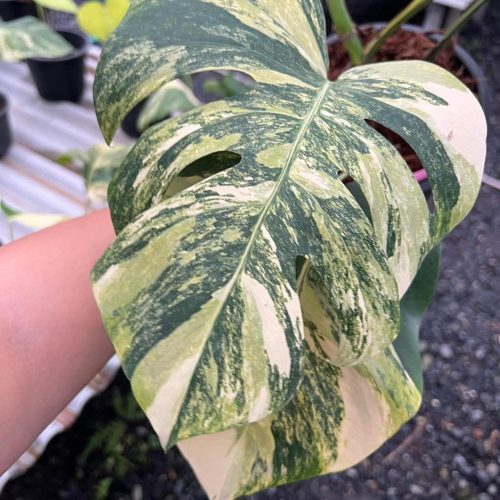

![10 Pots x Monstera Aurea Variegated / Mix Aurea tri color 3-4 leaves [well variegated]](https://greenboog.com/wp-content/uploads/2024/08/Monstera-Aurea-Tri-color-500x500.jpg)
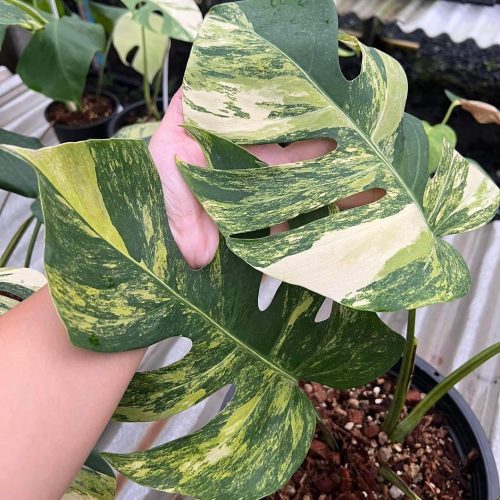
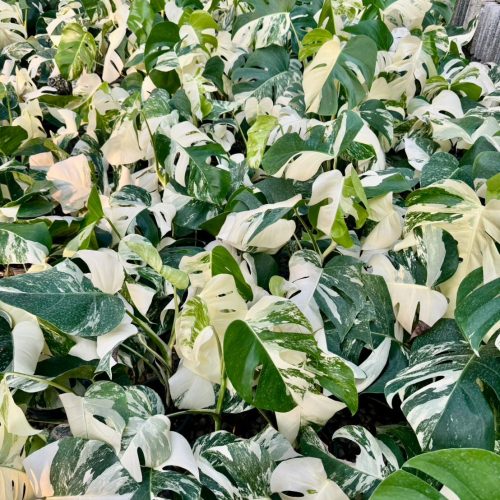
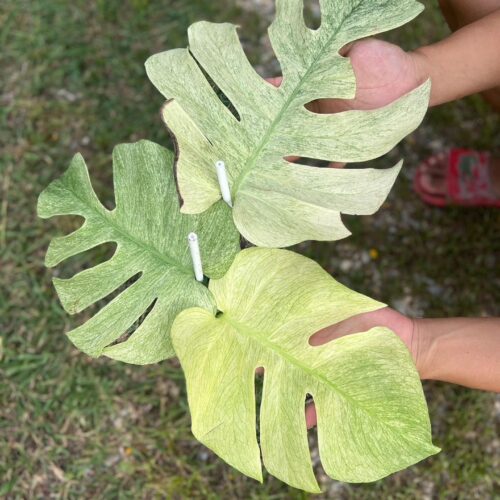
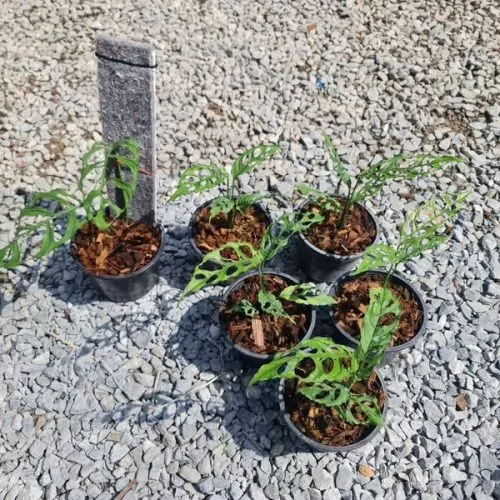
![[SALE] 10 Pots x Monstera Aurea Variegated 3-6 leaves [Medium size]](https://greenboog.com/wp-content/uploads/2025/01/Monstera-Aurea-variegated-4-6-leafs-500x482.jpg)


Good info.